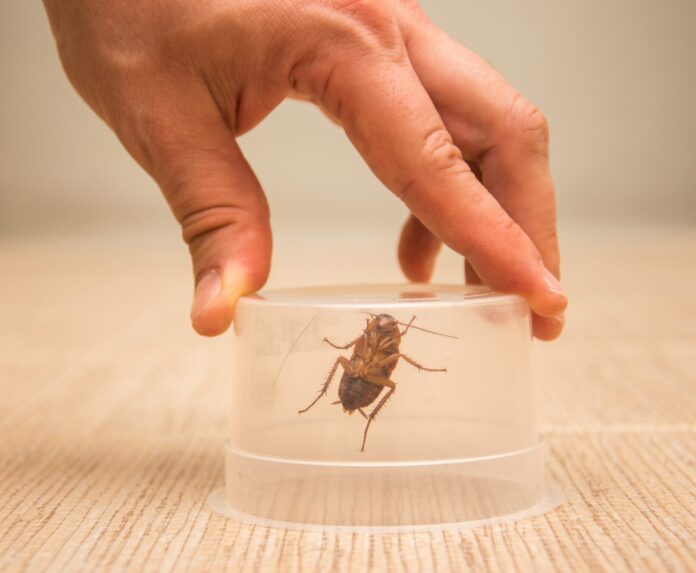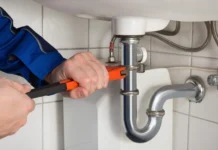A bug-free home is not just a sanctuary of comfort but also essential for maintaining a healthy living environment. Unwanted pests can pose various risks, including damage to property, food contamination, and health hazards. While professional pest control services are available, do-it-yourself (DIY) methods can be just as effective and cost-efficient.
In this blog post, we will explore valuable insights and practical tips for implementing successful DIY pest control strategies. By learning about common household pests, identifying infestations, implementing preventative measures, and using natural remedies, traps, baits, and pesticides responsibly, you can achieve a bug-free home and enjoy peace of mind.
Identify Common Household Pests and Their Potential Risks
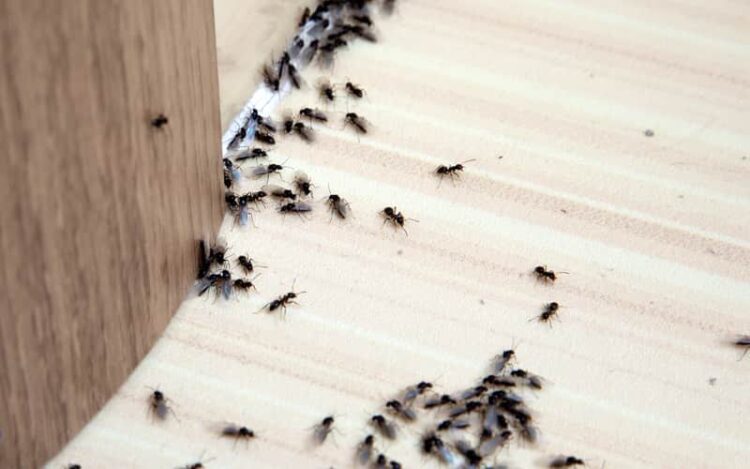
Before delving into effective pest control techniques, it is crucial to familiarize yourself with the common household pests and the risks they pose. Pests such as cockroaches, ants, mosquitoes, bed bugs, and rodents can create a host of problems, and that’s where quality affordable pest control comes into play. Cockroaches and ants contaminate food, while mosquitoes transmit diseases like dengue and malaria. Bed bugs cause irritating bites and can disrupt your sleep, and rodents can damage property and spread diseases like salmonella.
Inspect Your Home for Signs of Pest Infestation
To effectively combat pests, you must identify their presence early on. Regularly inspect your home for signs of infestation, such as droppings, chewed wires, holes in walls or furniture, or foul odors. Check commonly affected areas like kitchens, bathrooms, basements, and storage spaces. Additionally, keep an eye out for telltale signs specific to certain pests. For instance, look for bloodstains or dark spots on mattresses for bed bug infestations.
Sealing off Entry Points to Prevent Pests from Entering
Prevention is key when it comes to DIY pest control. One effective measure is sealing off entry points that they use to infiltrate your home. Inspect your windows, doors, vents, and utility openings for gaps, cracks, or damaged screens. Seal these openings using weatherstripping, caulk, or wire mesh to deny access. Repair any damaged areas of your home’s exterior, such as loose shingles or cracks in the foundation. By fortifying your home’s defenses, you can significantly reduce the chances of making their way indoors.
Natural Remedies for Repelling Bugs Without Harmful Chemicals
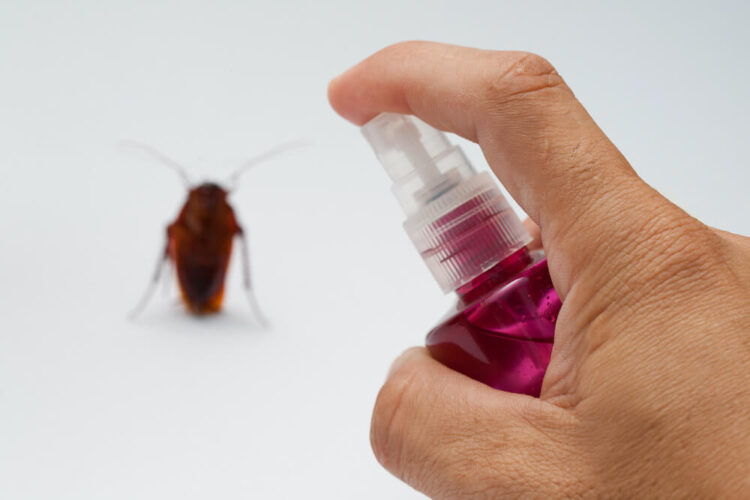
If you prefer to avoid using harsh chemicals in your DIY pest control efforts, natural remedies can be highly effective. Many of them are deterred by certain scents and substances. For example, peppermint oil repels spiders and ants, while vinegar acts as a natural deterrent for cockroaches.
You can create homemade repellents using essential oils, herbs, or spices and apply them strategically in problem areas. Additionally, keeping a clean and tidy home, free of food debris and standing water, will discourage them from taking up residence. Natural remedies offer an eco-friendly and safe alternative for bug control.
Proper Sanitation Practices to Eliminate Pest Attractants
Maintaining proper sanitation practices is an essential aspect of keeping them at bay. They are attracted to readily available food sources, so it’s crucial to deny them access. Store food in airtight containers, promptly clean up spills and crumbs, and regularly empty trash bins. Pay attention to pet food as well, ensuring it is not left out overnight. Eliminate excess moisture by fixing leaky pipes and using dehumidifiers in damp areas.
DIY Traps and Baits for Effective Control
DIY traps and baits can play a vital role in control, especially for insects like flies, mosquitoes, and ants. For example, a homemade fruit fly trap made of apple cider vinegar and dish soap can effectively capture these pesky insects. Similarly, a mixture of sugar, borax, and water can be used as bait for ants, leading them to carry the solution back to their colonies and eradicate the problem at its source. Utilizing such traps and baits strategically can significantly reduce the population in your home.
Safe and Effective Use of Pesticides for Targeted Control
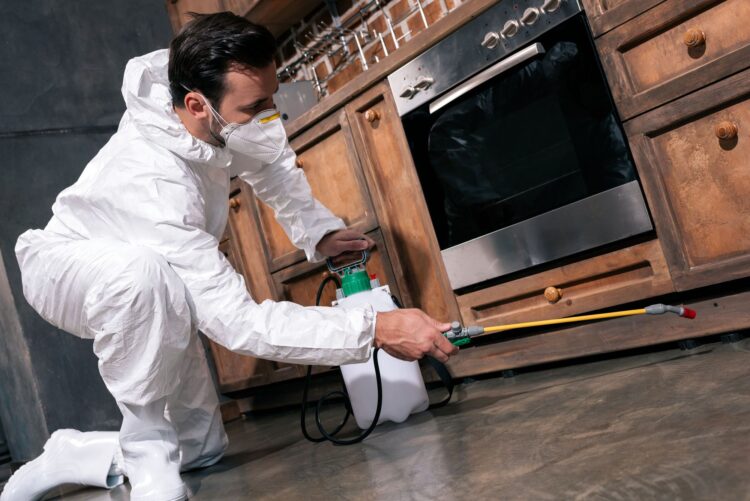
While natural remedies and traps are effective for many pests, some situations may require the use of pesticides. When using it, it is crucial to prioritize safety and follow instructions carefully. Choose ones specifically designed for the target and apply them only in affected areas. Keep children and pets away from treated areas until it is safe. Consider using low-toxicity or organic ones whenever possible, and always wear protective clothing and equipment.
Importance of Regular Maintenance to Prevent Pest Reinfestation
These control efforts should not end once the infestation is eliminated. Regular maintenance is essential to prevent reinfestation and keep your home bug-free in the long term. Conduct routine inspections, seal any new entry points, and address maintenance issues promptly.
Maintain cleanliness and proper sanitation practices consistently, and periodically refresh natural repellents or traps. Regularly monitor areas prone to infestation, such as basements and attics, to detect early signs of this activity. By adopting a proactive approach and staying vigilant, you can maintain a pest-free environment year-round.
Tips for Keeping Outdoor Areas Bug-Free and Preventing Indoor Infestations
Outdoor areas can serve as breeding grounds for them that eventually find their way indoors. To minimize the risk of indoor infestations, it is crucial to keep outdoor spaces clean and free of attractants. Regularly remove standing water, trim vegetation away from your home’s exterior, and store firewood away from the house.
Use screens on doors and windows to prevent flying insects from entering. Employ natural outdoor repellents, such as citronella candles or plants like lavender or marigold, to deter them.
Conclusion: Empowering Homeowners to Maintain a Bug-Free Environment
Maintaining a bug-free home is achievable through effective DIY pest control strategies. By understanding common household ones, promptly identifying infestations, sealing entry points, using natural remedies, traps, and baits responsibly, employing safe pesticide practices, and practicing regular maintenance, you can create a bug-free environment.
Remember to prioritize safety, minimize environmental impact, and adapt your approach based on the specific ones you encounter. With these insights and tips, you are empowered to take control of your home’s bugs management, ensuring a bug-free living space that promotes well-being and peace of mind.

